Key performance indicators for 2025
Below is a description of the key performance indicators for 2025. They are categorised under Gassco’s strategic goals and corresponding sustainability goals.
Safe and reliable
Critical incidents frequency improvement
This indicator measures the total frequency of critical Health, Safety, and Environment (HSE) incidents. Critical HSE incidents are defined as any undesirable events classified with an actual or potential seriousness of red level 1 or 2, according to the Gassco classification matrix. It shows the improvement in the frequency of critical incidents this year compared to last year.
IT security, user awareness and robustness of our IT systems
This indicator involves measuring whether the organisation identifies phishing emails and ensures that employees refrain from disclosing passwords or clicking on suspicious links in emails. Additionally, it involves measuring the extent to which identified vulnerabilities from suppliers are addressed through the updating of IT systems, clients, and equipment.
Gassco barrier integrity indicator
This indicator measures the condition of various safety barriers at the facilities. Gassco’s system for barrier integrity encompasses safety-critical equipment and functions designed to prevent major accidents. The assessment of the overall condition of the facility is based a on the conditions of the barriers individually.
Gassco‘s ability to deliver at the exit points
This indicator measures the amount of gas delivered by Gassco at exit points compared to the orders placed by those transporting and selling the gas. When setting targets for delivery capacity, planned capacity reductions at the facilities are taken into account, meaning unplanned incidents are measured as reduced delivery capacity.
Sustainability goals
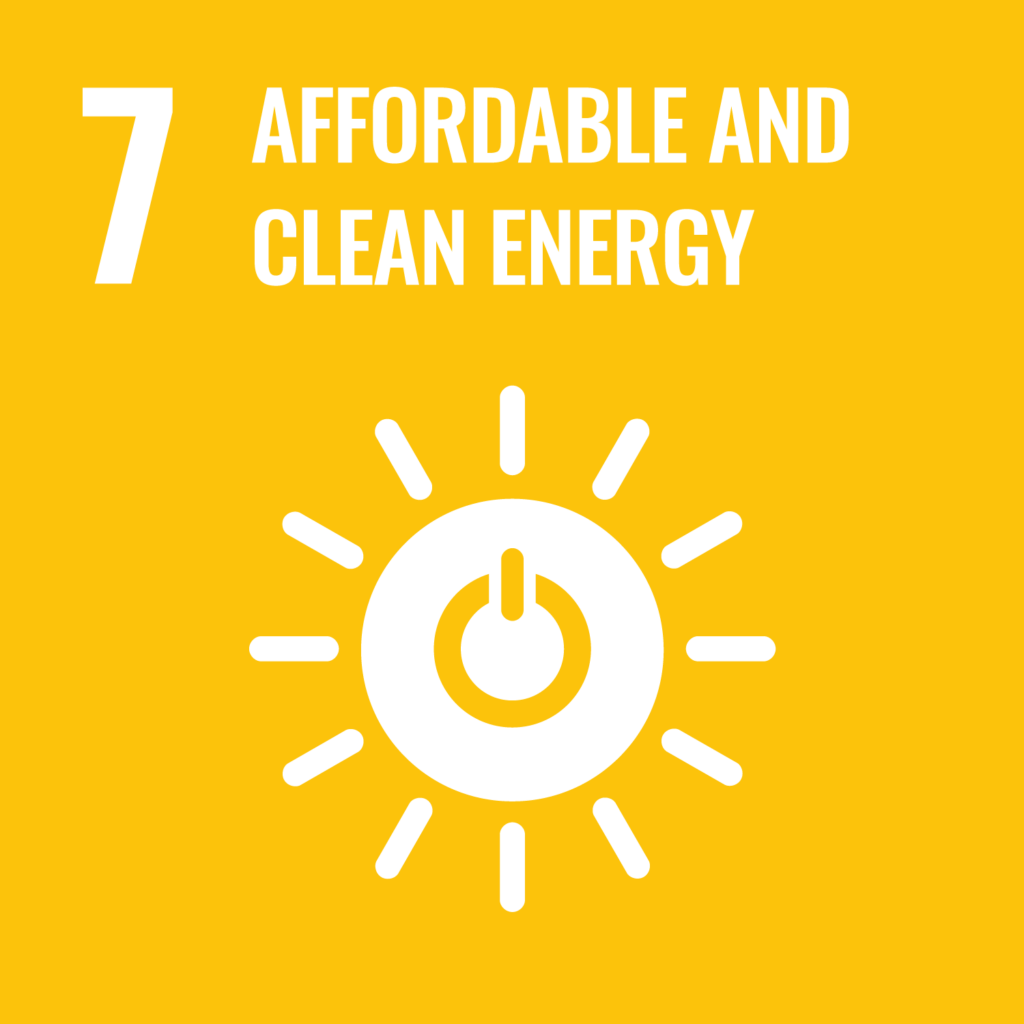
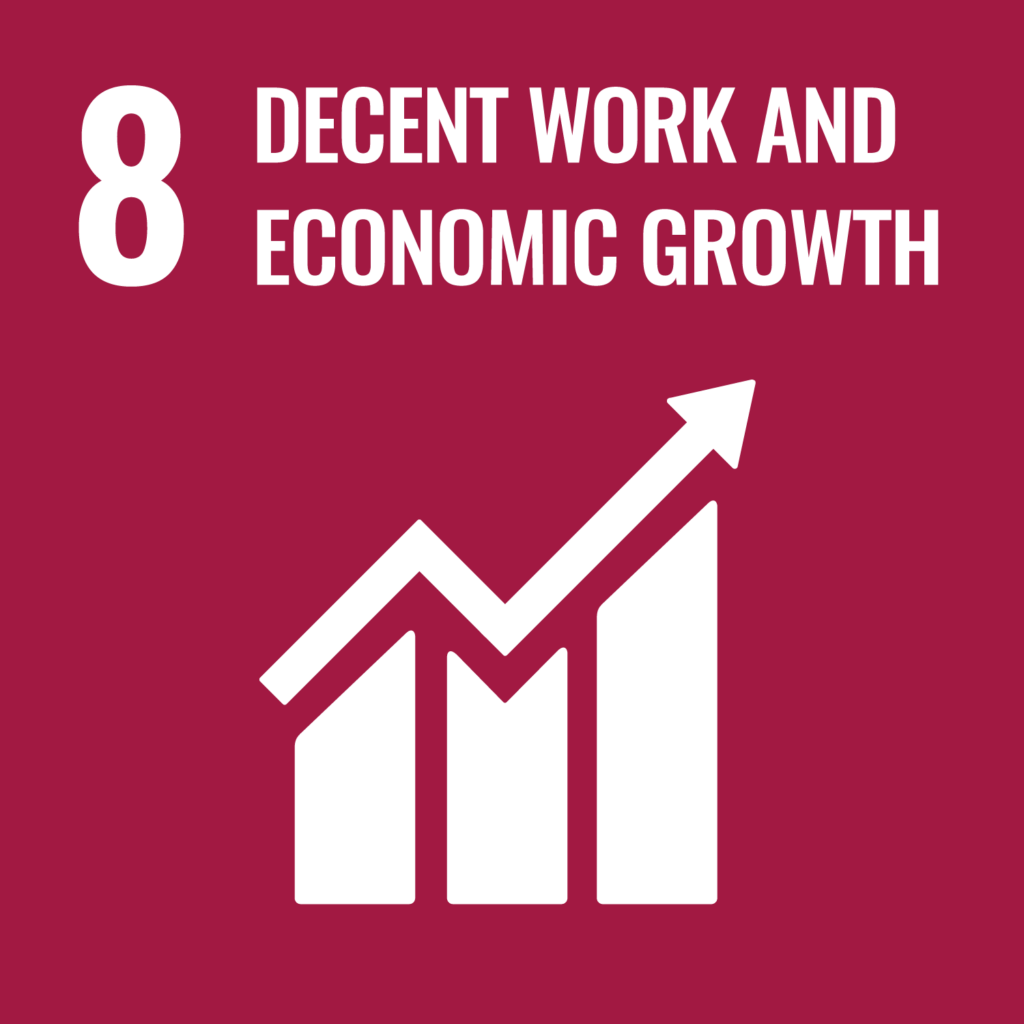
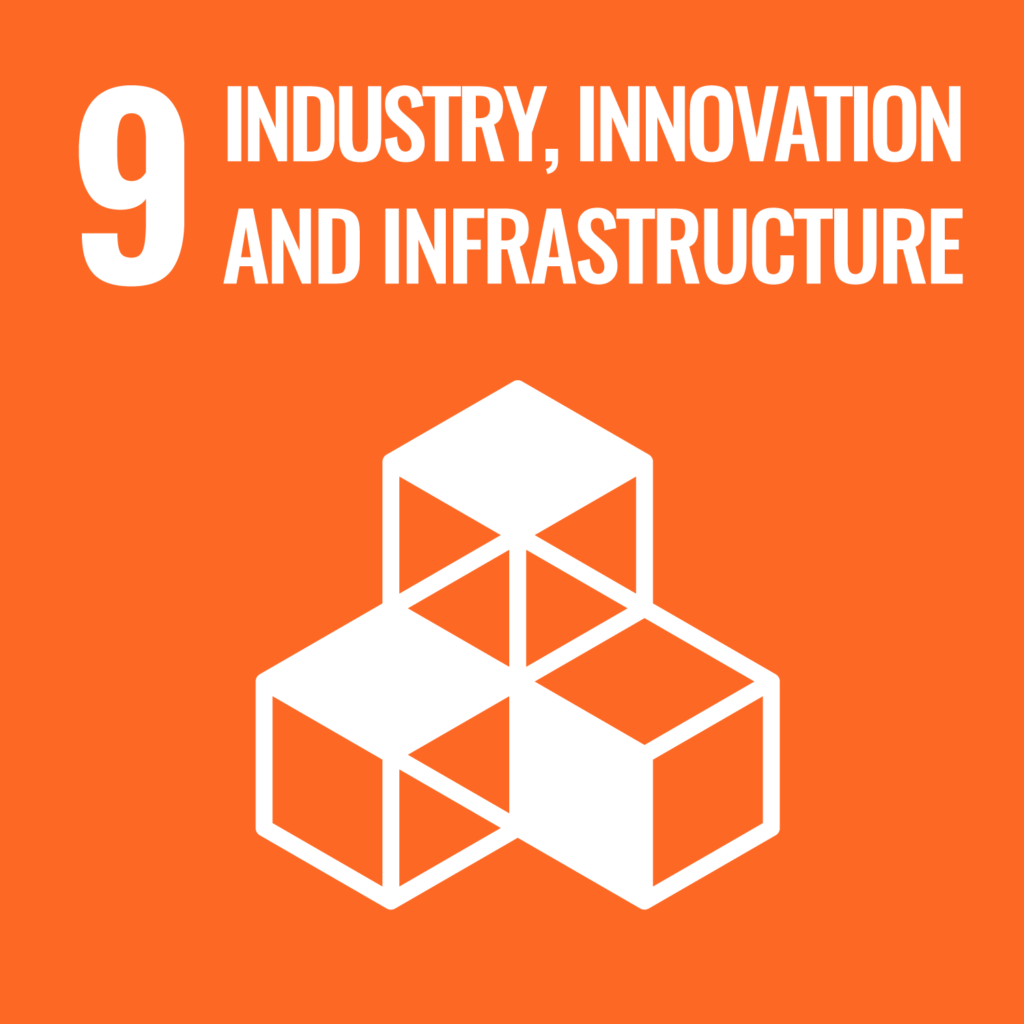
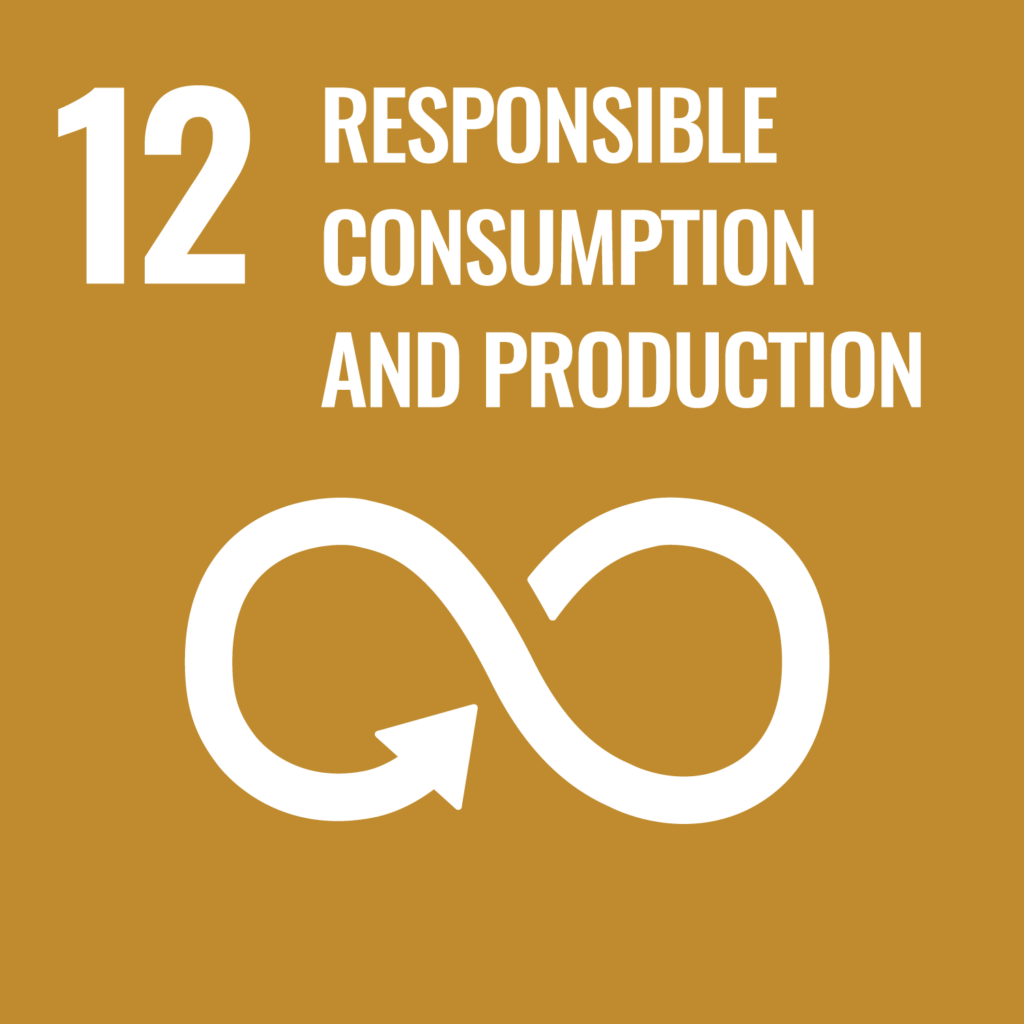
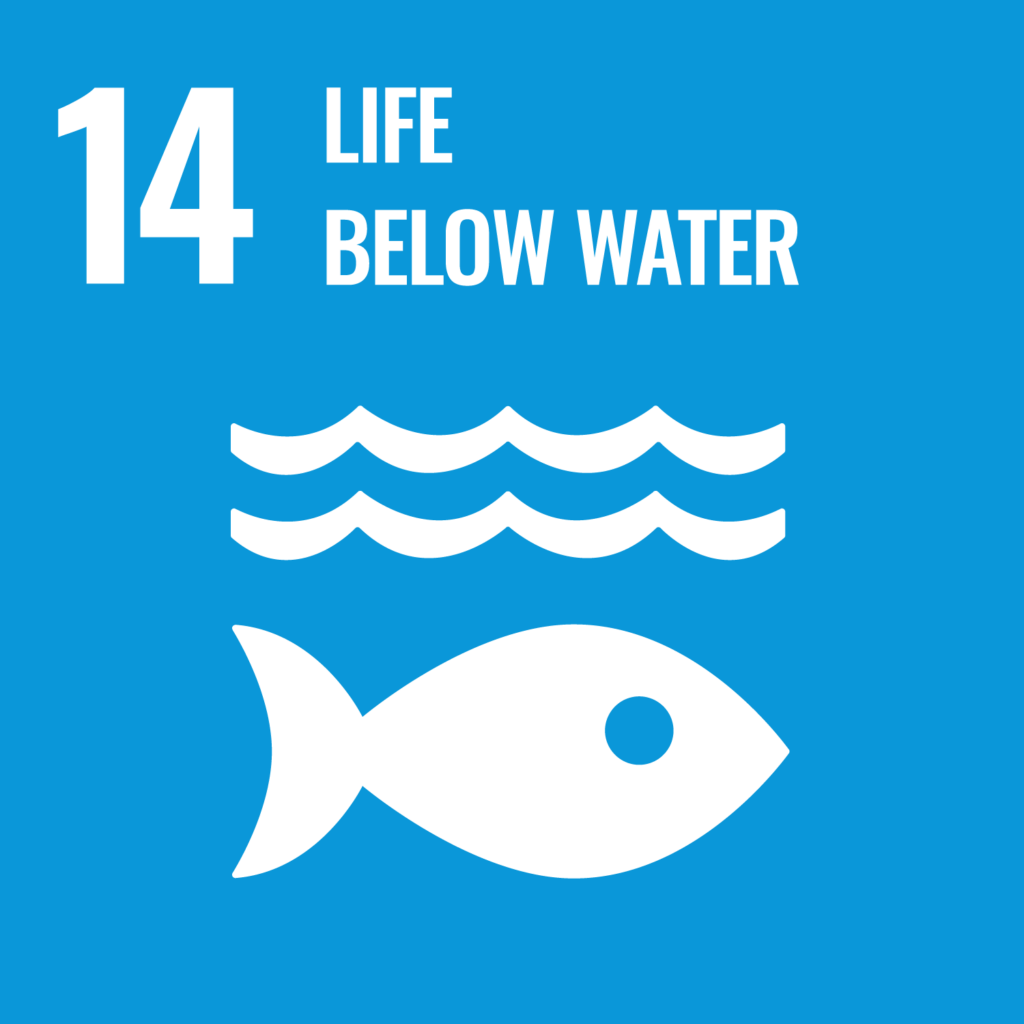
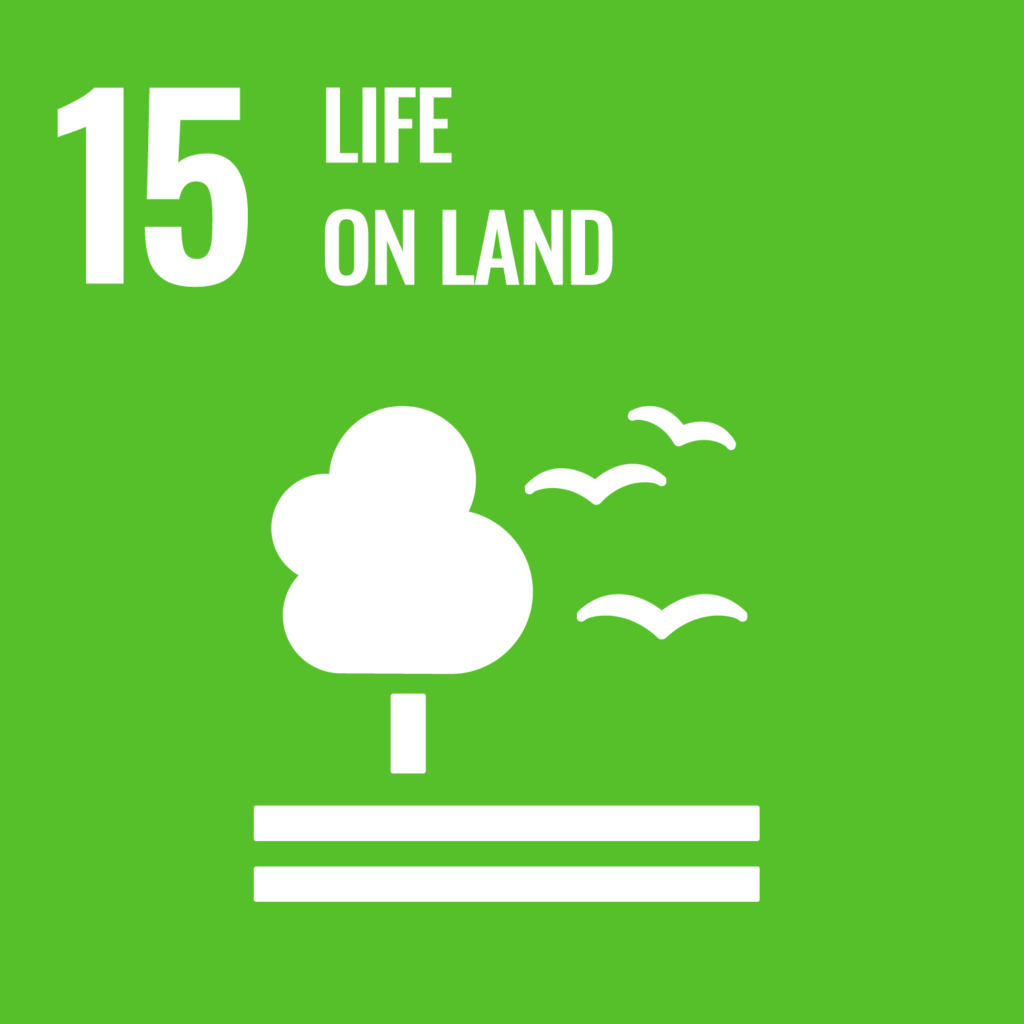

Competitive systems
Total operating expenses
This indicator measures the total operating expenses, excluding energy costs and fees, across all licenses operated by Gassco, as well as the operational expenses related to the special operator responsibilities. The results are compared against the approved budget, and goal achievement is described by the budget variance (+/-).
Future Gas Infrastructure Analysis and Recommendations
This indicator measures the FGI process execution to develop a competitive and sustainable gas infrastructure. It includes implementing new learnings, developing future infrastructure paths, performing modelling and analysis, identifying recommendations for capacity and functionality adjustments, and creating a roadmap for the FGI recommendations.
Sustainability goals



Low emissions
Greenhouse gas emissions from our facilities
This indicator measures the total direct emissions of carbon dioxide and methane from our facilities (scope 1) and indirect emissions associated with electricity consumption (scope 2). The sum of these emissions is converted into CO2 equivalents, and the metric is expressed by the number of equivalents per energy unit of exported products.
Emission reductions from Kårstø processing plant
This indicator measures the quality of the decision basis for the “Kårstø Reduced Emission” project. The project includes both electrification of the facility and a CO2 capture system. The final scope of the project is determined by decision-makers during the project lifecycle, with the goal of reducing emissions from the Kårstø processing plant.
Sustainability goals




People and competence
Development of people, competence and organisation
This indicator measures organisational development, employee development, and staffing strategy.
This includes ensuring that performance reviews are conducted across the organisation, covering both professional and personal development for each employee.
Employee participation in organisational surveys will also be measured.
Sustainability goals



